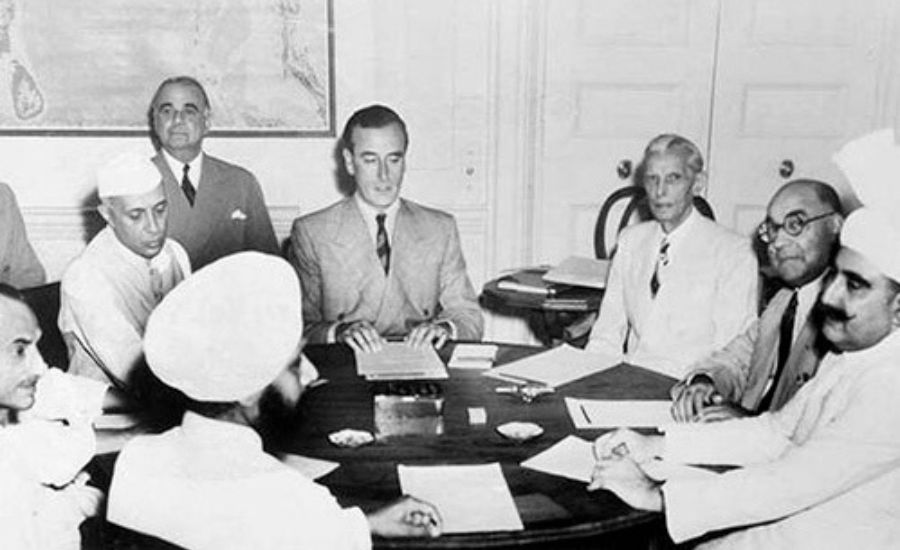
In November 1946, key Indian political and legal figures were knee-deep in preparations for setting up the Constituent Assembly of India. The Muslim League was against the convening of the Assembly and signaled that it would not participate in the proceedings. On 22nd November, it officially announced a boycott. The Indian National Congress, which had been pushing for an Assembly for a long time, moved forward despite the League backing out.
B.N Rau, the Assembly’s Constitutional Advisor was entrusted to anchor the convening of the Assembly. Unlike the Congress leadership and others, Rau was concerned about the League’s boycott, particularly, the implications of the League’s absence on the legal validity of the Assembly.
Rau, in a note, alerted Jawaharlal Nehru to the legal possibilities that might arise. He referred to the Cabinet Mission Plan – the document responsible for the creation of the Assembly – and English law to suggest that the absence of the League could render the Assembly legally invalid. He felt that the League could take the matter up at the Federal Court and stall the constitution-making process.
Rau’s note did not seem to have any effect on the Congress leadership as preparations continued. That said, it appears that some members took cognizance of the note. On 8 December 1946, a day before the Assembly sat for the first time, K.M. Munshi, a senior Congress leader, wrote to the soon-to-be Constituent Assembly President Rajendra Prasad, engaging with Rau’s note.
Munshi began by distilling Rau’s concerns into two key questions: First, can the Assembly convene in the absence of League? Second, whether the Assembly could take decisions in the absence of the League?
On the first, Munshi argued that the Cabinet Mission Plan did not recognize the right of a certain group to participate in the Assembly. Further, he said that the Assembly ‘is clearly representative of the population of India as a whole and not a conference of representatives of certain groups’. For him, the Assembly was not ‘a body of delegates representing different communities’. It was instead:
‘an organ of the sovereign people, which being elected by the sovereign people, inherits a part of that sovereign power so far as constitution-making is concerned. The idea that such a meeting ground of delegates, representing different groups come to negotiate between themselves. Negatives the idea of a Constituent Assembly.’
On the second question, Munshi felt that there was nothing in the Cabinet Mission Plan which indicated that ‘the Assembly must act unanimously or by quorum’. He went further to say that ‘the whole fabric of the Assembly if the absence of a single member reduces it to impotence’. He argued that the American and Australian constitution-making processes too took decisions and even adopted their Constitutions in the absence of some Assembly members.
The Assembly seems to have been convinced. The next day it sat for the first time. But the question of the League’s absence did not go away and was brought up during discussions around the Objectives Resolution. Eventually, by the end of January 1947, it was clear that the League would not come on board. From this point onwards, the League’s absence was never really brought up again, and the Assembly went ahead with its work to draft the Indian Constitution.
